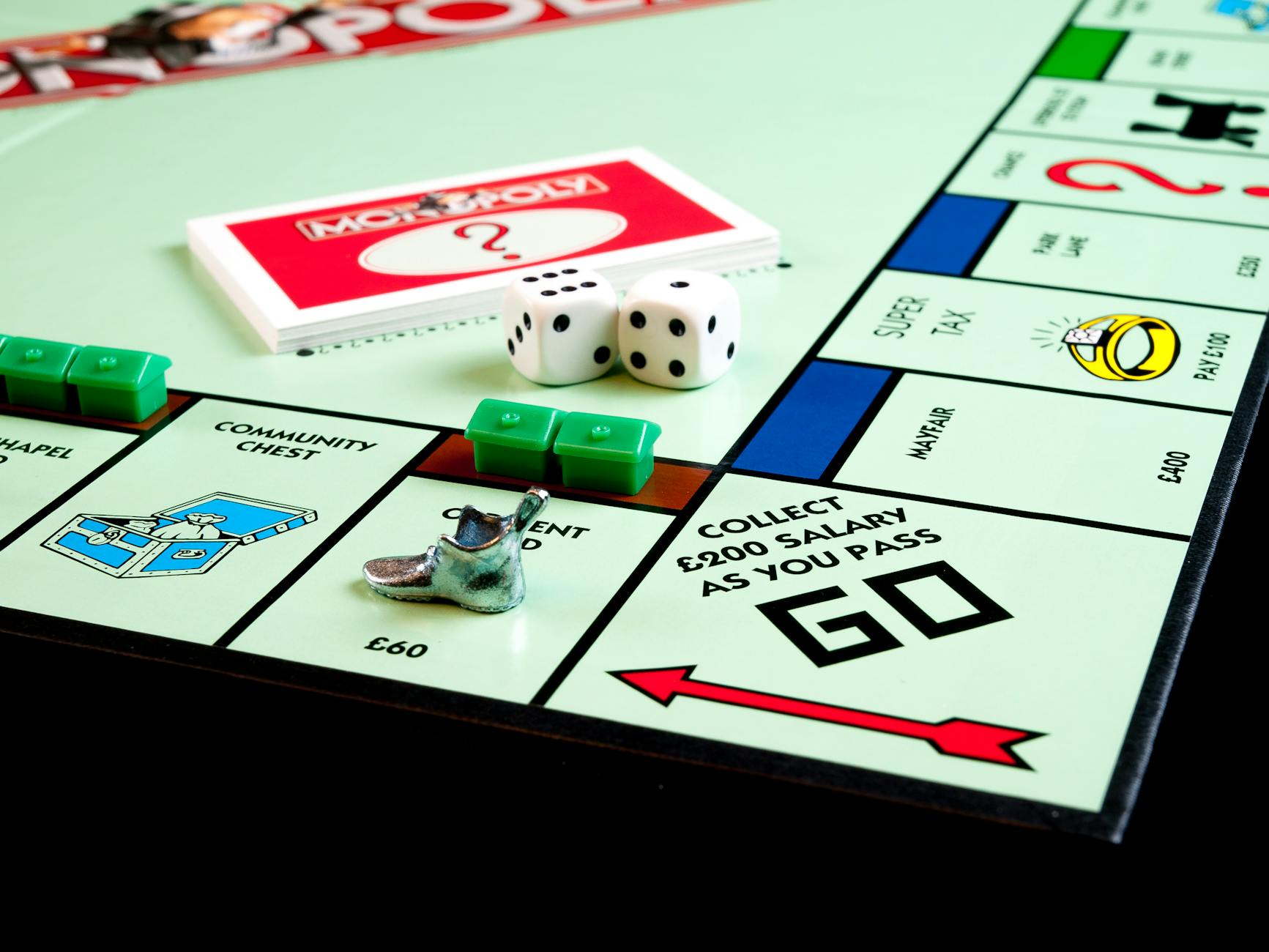Indoor games have been an essential part of human recreation for centuries. Whether it’s a rainy day, a power outage, or just quality time with family and friends, indoor games offer endless entertainment without needing to step outside. From traditional board games to modern digital experiences, indoor games continue to evolve while maintaining their timeless appeal.
This article explores the different types of indoor games, their benefits, and how they can be both fun and educational for people of all ages.
What Are Indoor Games?
Indoor games are games that can be played within the confines of a room or building. They do not require vast open spaces, making them perfect for homes, schools, community centers, and even offices. These games can be physical (like table tennis), mental (like chess), or digital (like video games).
While many consider indoor games just a pastime, they are much more. They develop motor skills, improve focus, strengthen memory, encourage teamwork, and foster creativity.
Categories of Indoor Games
Indoor games can be grouped into several categories based on the nature of the game. Here are the most popular types:
1. Board Games
Board games are perhaps the most classic indoor games. These games are played on a flat surface and usually involve counters, dice, and strategic movement. Some popular examples include:
- Chess: A strategic two-player game with origins in ancient India. It teaches patience, foresight, and logical thinking.
- Checkers: Also known as draughts, it’s simpler than chess but still encourages tactical gameplay.
- Monopoly: A property trading game that simulates real estate economics.
- Scrabble: A word game that enhances vocabulary and spelling.
- Ludo: A dice-based game that is easy to understand and great for families.
2. Card Games
Card games use a standard deck of 52 cards or customized decks. They vary in complexity and are enjoyed worldwide. Popular card games include:
- Uno: A color and number matching game, great for kids and adults.
- Poker: A betting game involving skill, strategy, and luck.
- Bridge: A game of tactics and partnerships, played professionally and casually.
- Rummy: A matching card game requiring pattern recognition and planning.
3. Tabletop Games
These games require special equipment and are often played on a tabletop.
- Table Tennis (Ping Pong): A fast-paced sport played with a small ball and paddles.
- Carrom: Popular in South Asia, it involves flicking discs into pockets on a square board.
- Foosball: A tabletop version of soccer with rods controlling players.
- Air Hockey: Played on a low-friction table, it involves hitting a puck into the opponent’s goal.
4. Puzzle and Logic Games
Puzzle games challenge the brain and help enhance problem-solving skills.
- Jigsaw Puzzles: Matching pieces to form a complete image.
- Rubik’s Cube: A 3D combination puzzle that tests memory and logical thinking.
- Sudoku: A number puzzle game based on logic and placement.
5. Role-Playing and Story-Based Games
These games involve players taking on roles and creating stories or solving mysteries.
- Dungeons & Dragons (D&D): A fantasy role-playing game where players go on imaginary quests.
- Murder Mystery Games: Players solve fictional crimes through clues and discussion.
6. Video Games and Console Gaming
Technology has revolutionized indoor games. Today, millions enjoy digital gaming from the comfort of their homes.
- Single-player games: Like The Legend of Zelda or Minecraft, these offer immersive experiences.
- Multiplayer games: Like Fortnite, Among Us, and Call of Duty allow global collaboration and competition.
- Mobile games: Accessible on smartphones, including puzzle games like Candy Crush or strategy games like Clash of Clans.
Indoor Games for Children
Indoor games for kids are not just entertaining; they’re educational too. Here are some favorites:
- Building Blocks and LEGO: Encourage creativity, spatial awareness, and fine motor skills.
- Hide and Seek: A simple, active game that improves attention and movement.
- Simon Says: Enhances listening skills and coordination.
- Pictionary or Charades: Great for imagination and communication skills.
Such games also help in building social interaction among children and reducing screen time when used wisely.
Indoor Games for Adults
Adults also enjoy indoor games, especially as a way to unwind after work or during social gatherings.
- Board game nights: Games like Settlers of Catan, Risk, or Clue are crowd favorites.
- Trivia Games: Like Trivial Pursuit, which tests general knowledge.
- Drinking Games: Played casually among friends, examples include beer pong or flip cup (must be enjoyed responsibly).
- Brain Games: Crossword puzzles, logic games, and escape room kits are popular among puzzle lovers.
Indoor Games for Seniors
Older adults benefit immensely from indoor games that keep their minds and bodies active.
- Cards and Board Games: Games like Rummikub, Bridge, or Bingo encourage cognitive activity.
- Crossword Puzzles and Sudoku: Help delay memory loss and improve focus.
- Dominoes: Easy to play and sociable.
- Light physical games: Indoor bowling or seated ball games are good for movement and fun.
Benefits of Playing Indoor Games
The value of indoor games goes beyond amusement:
1. Mental Health Boost
Indoor games provide relaxation, reduce anxiety, and improve mood. The joy of winning and the fun of playing in a group adds to emotional well-being.
2. Educational Value
Many games improve cognitive skills like memory, math, language, and strategy. They are often used in schools and therapy.
3. Social Bonding
Games bring people together. Whether it’s family game night or online multiplayer games, they create shared moments and friendships.
4. Convenience
Indoor games can be played any time of year, regardless of weather. They require little space and can even be played solo.
Tips for Choosing the Right Indoor Game
With so many options available, choosing the right game depends on your age, interest, and space:
- For families: Choose games everyone can enjoy, like Ludo or Monopoly.
- For kids: Go for colorful, educational, and safe games.
- For adults: Look for games that challenge the brain or allow group interaction.
- For seniors: Select easy-to-understand, low-stress games.
Modern Indoor Game Trends
In recent years, indoor gaming has seen some exciting trends:
- Online Board Games: Digital versions of Scrabble, Chess, and Ludo allow you to play with friends anywhere.
- Augmented Reality (AR) Games: Like Pokémon GO blend indoor and outdoor elements.
- Virtual Reality (VR): Offers immersive gaming experiences within your home.
- Interactive Smart Games: Using AI and smart assistants to host trivia or memory games.
Final Thoughts
Indoor games are more than just a way to pass time. They are powerful tools for learning, connection, relaxation, and personal development. With so many options available—traditional or modern—there’s an indoor game for every mood and occasion.
So next time you’re stuck indoors or just want some quality time with loved ones, pick a game. Whether it’s the quiet concentration of chess, the laughter of charades, or the thrill of virtual battles, indoor games are here to stay—and to play.
Disclaimer: The article is for general informational purposes. Always supervise children during gameplay and ensure safety with physical indoor games.



